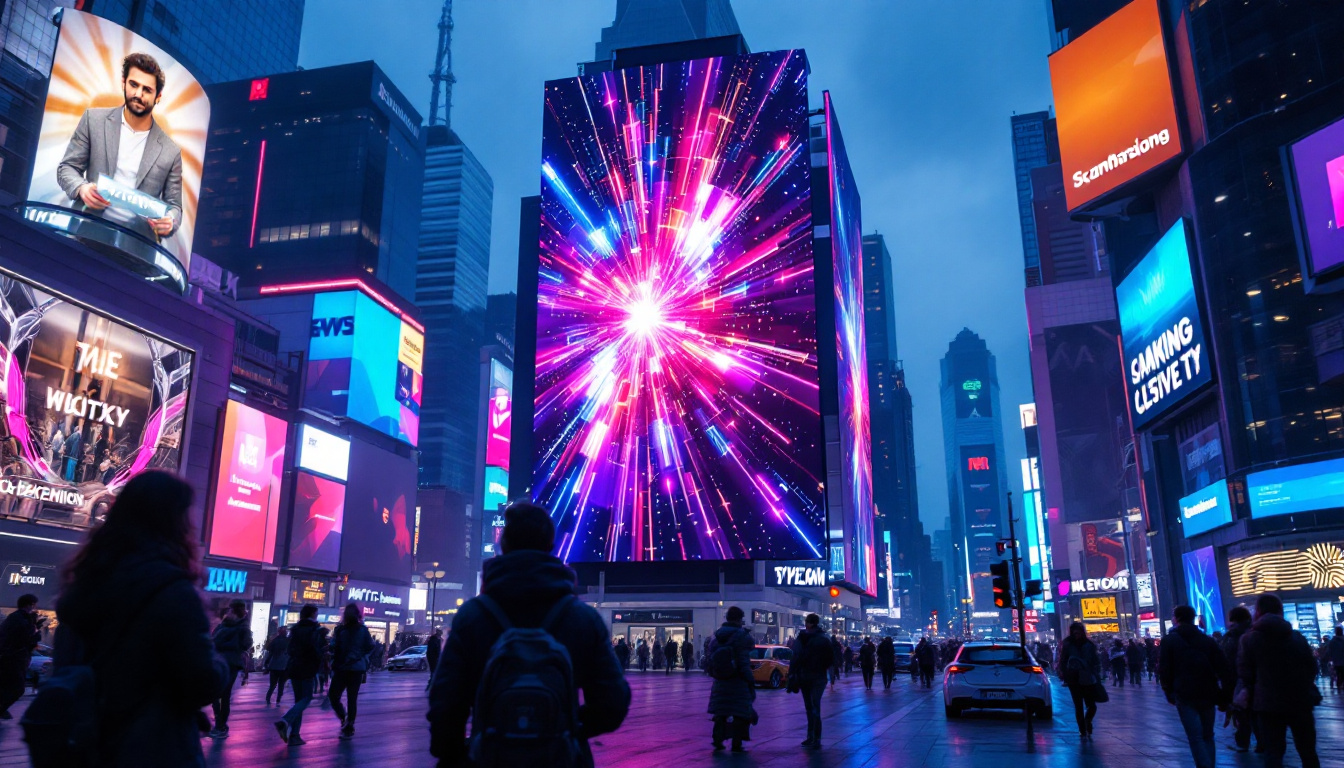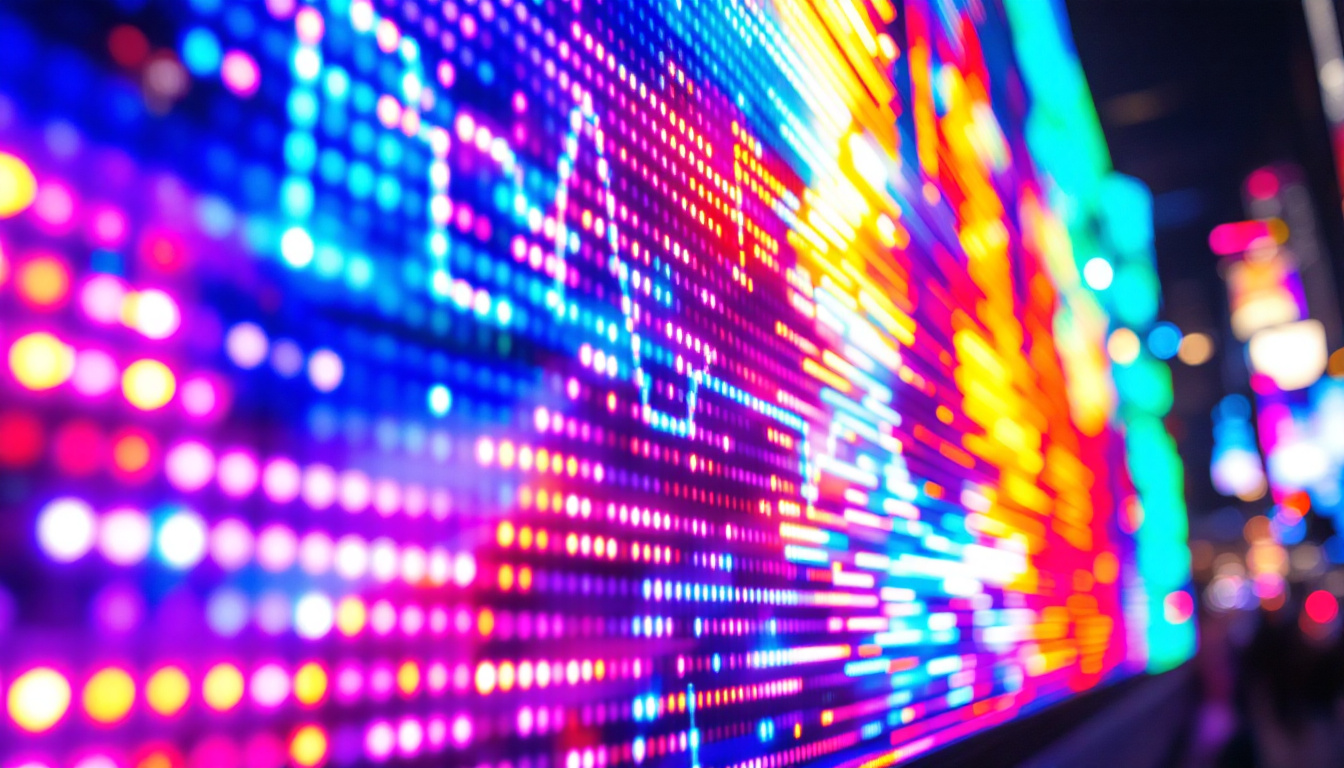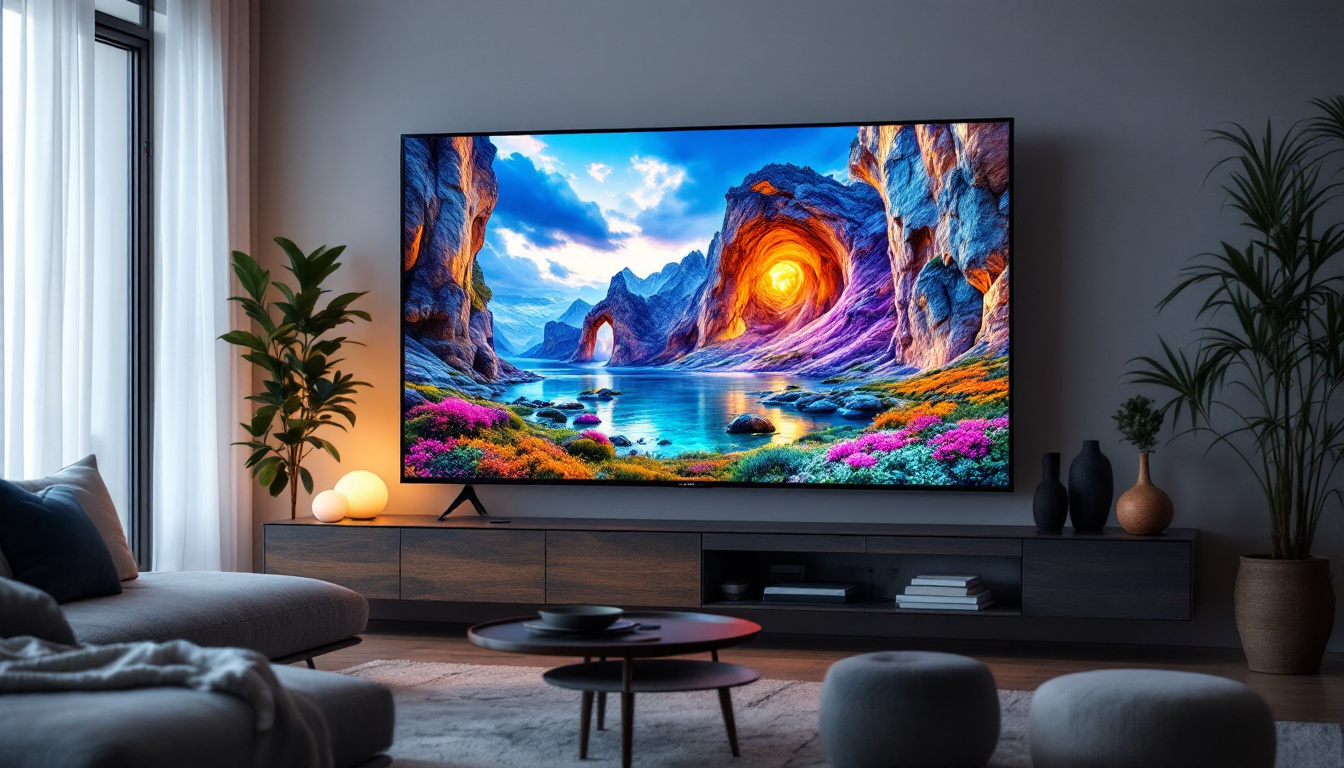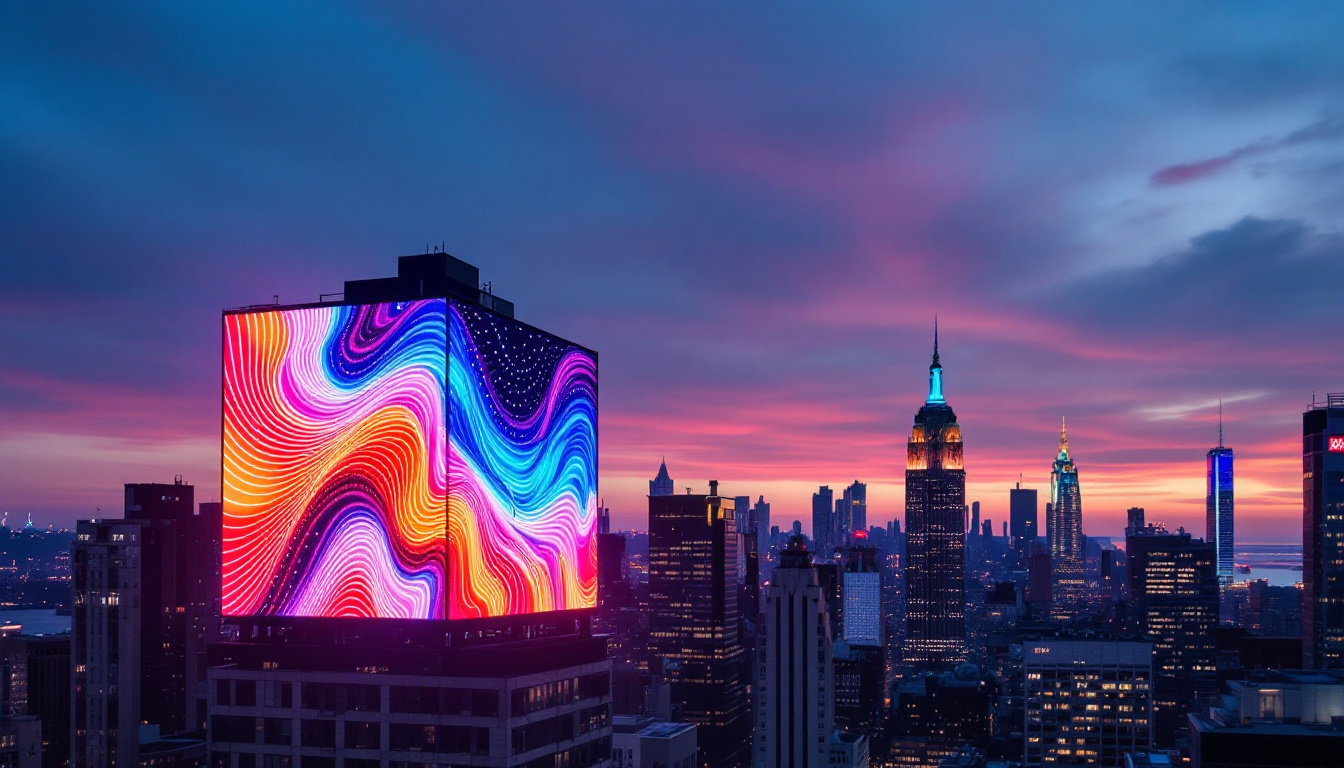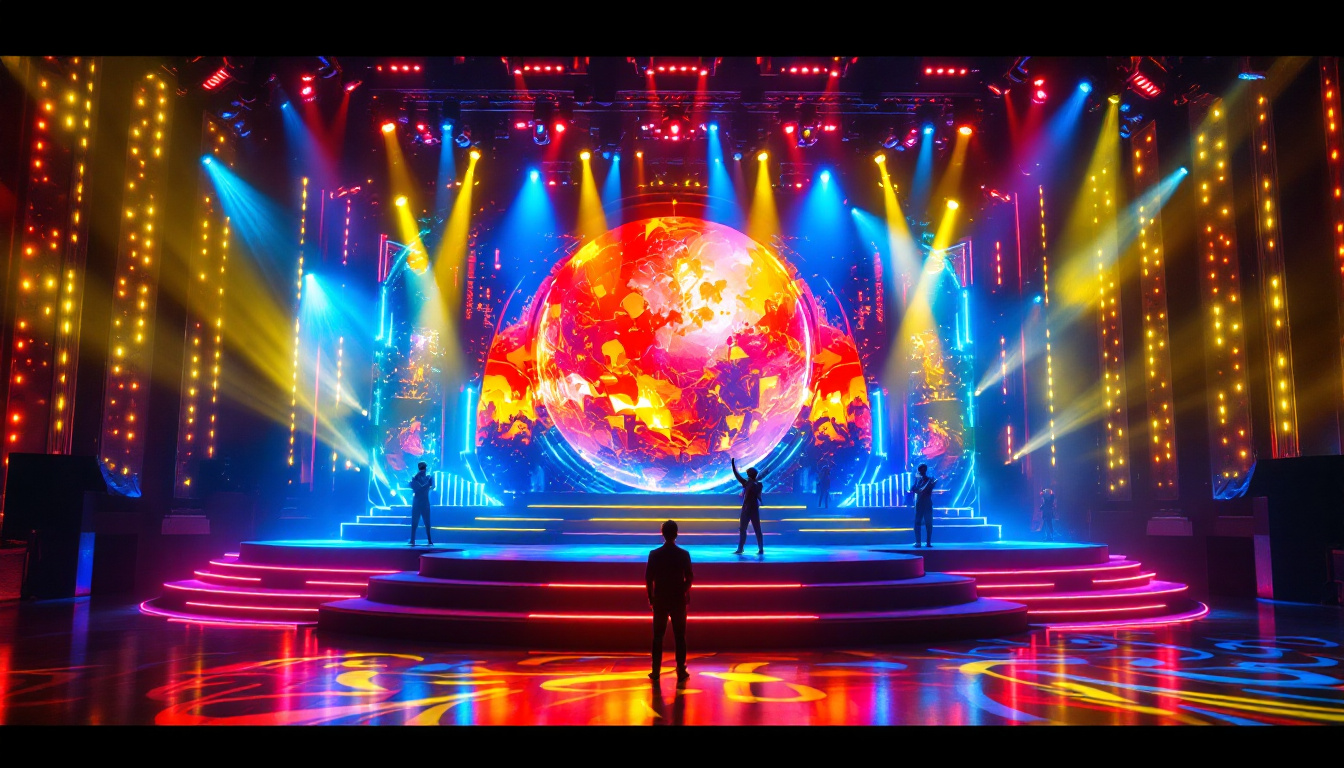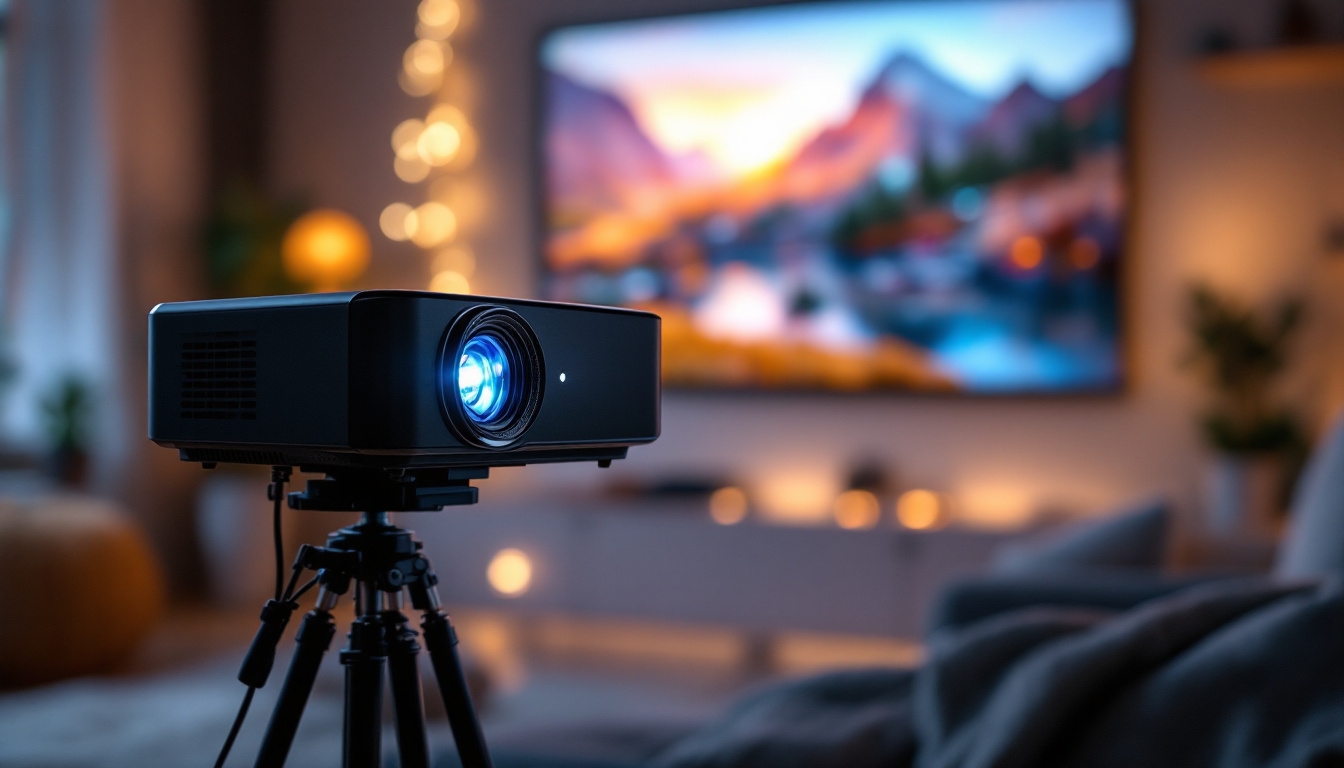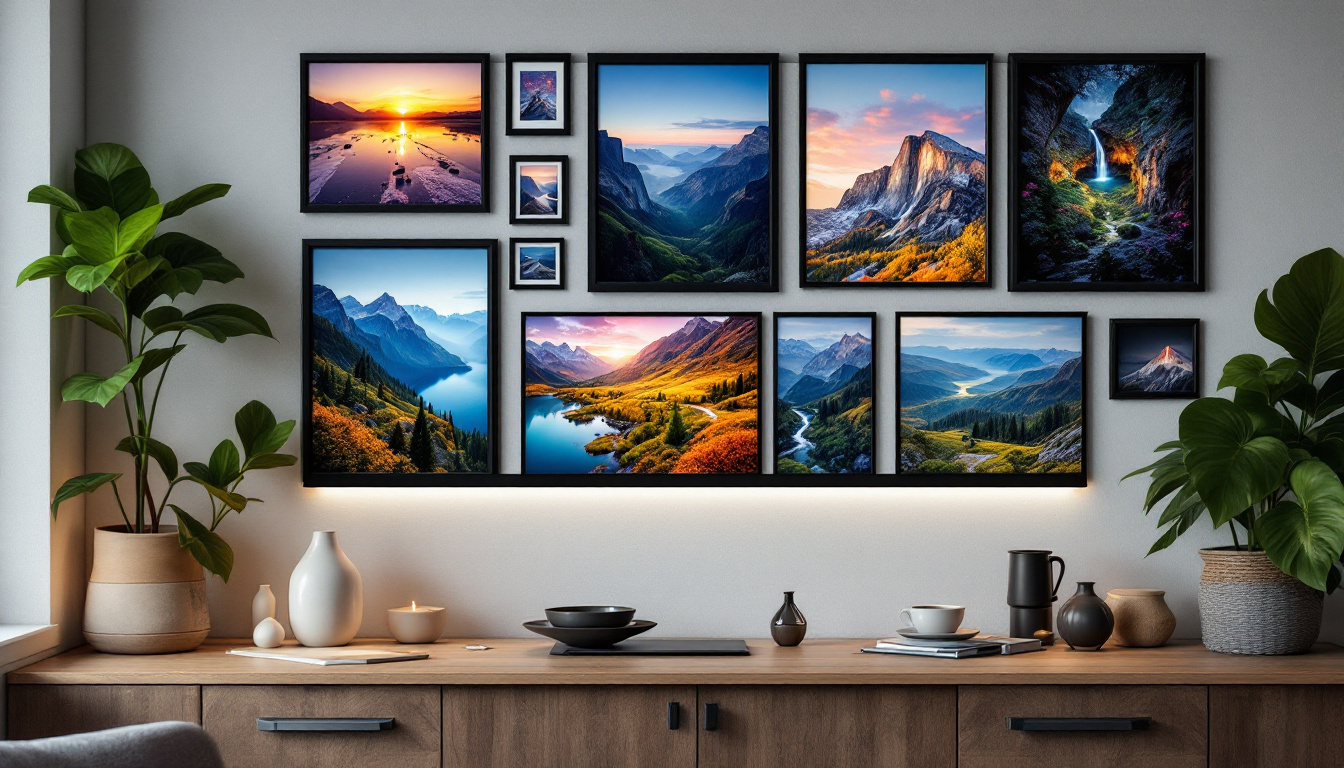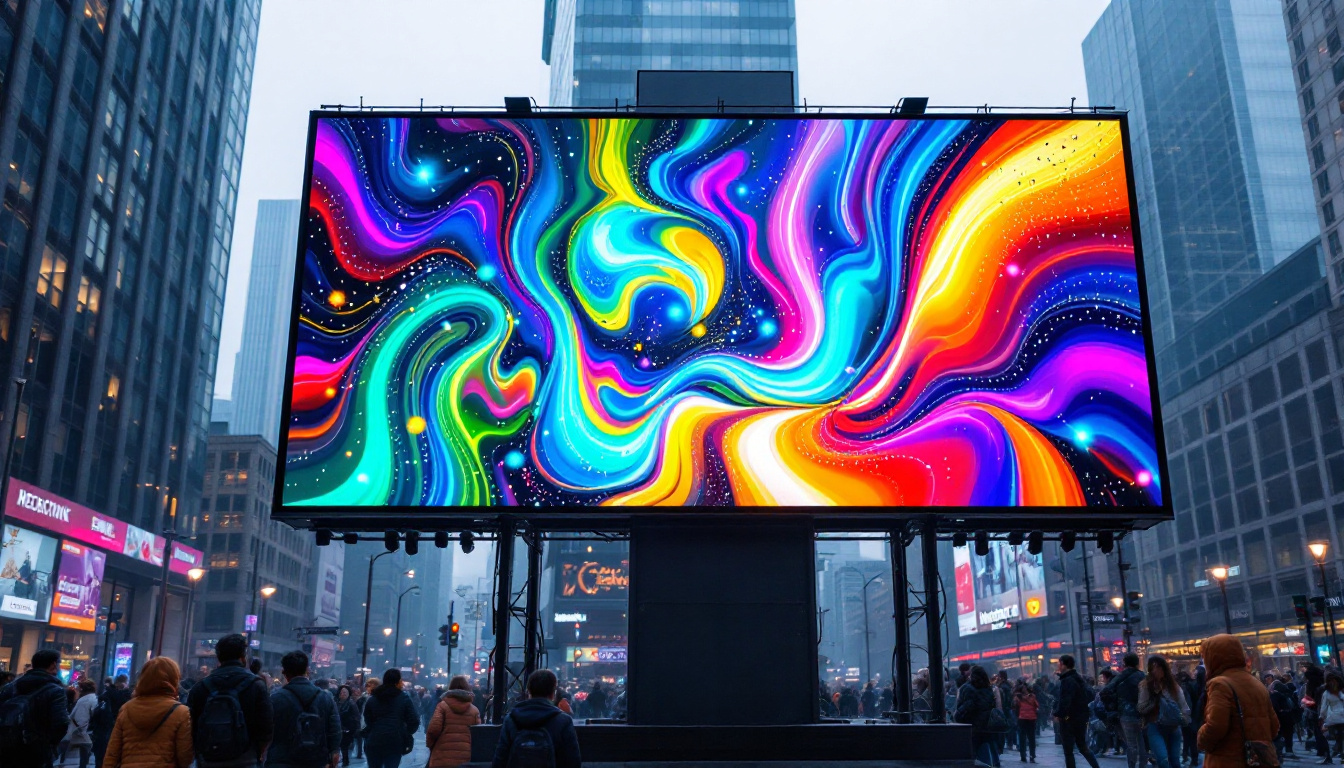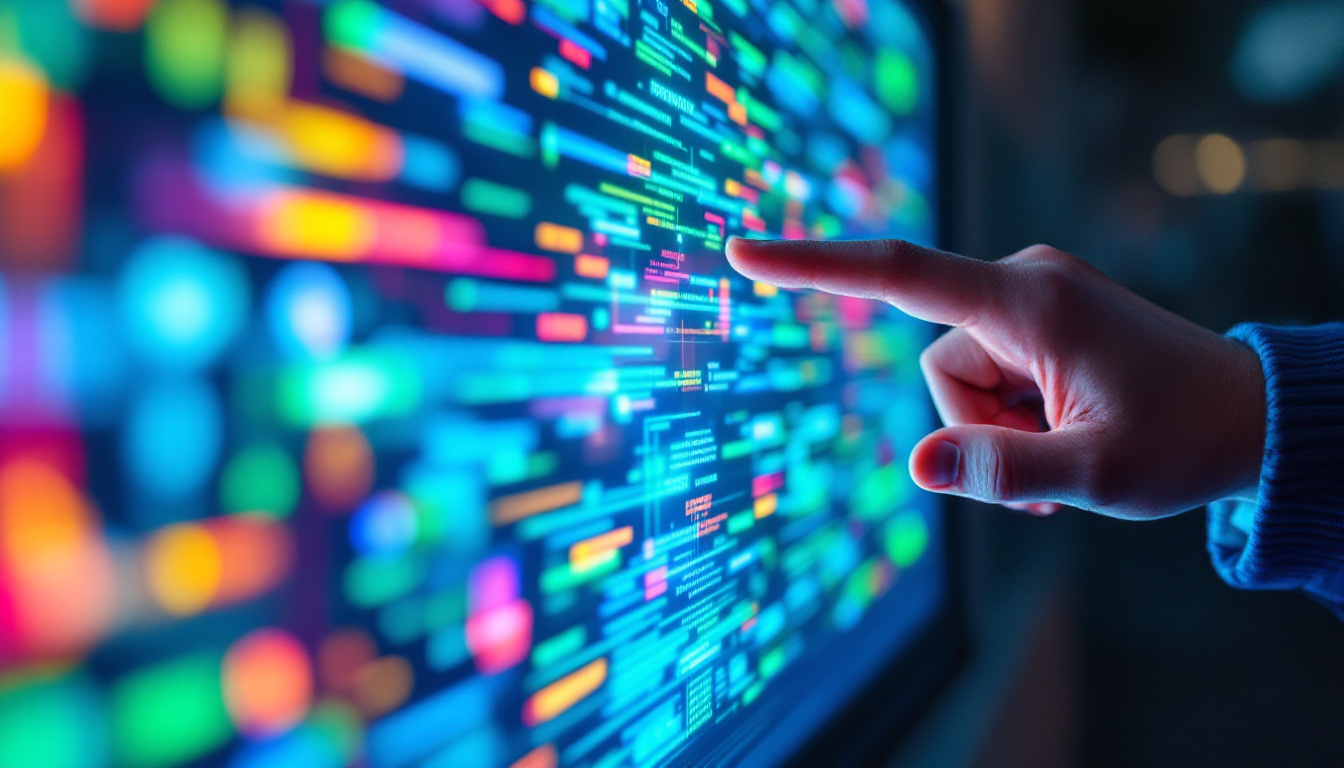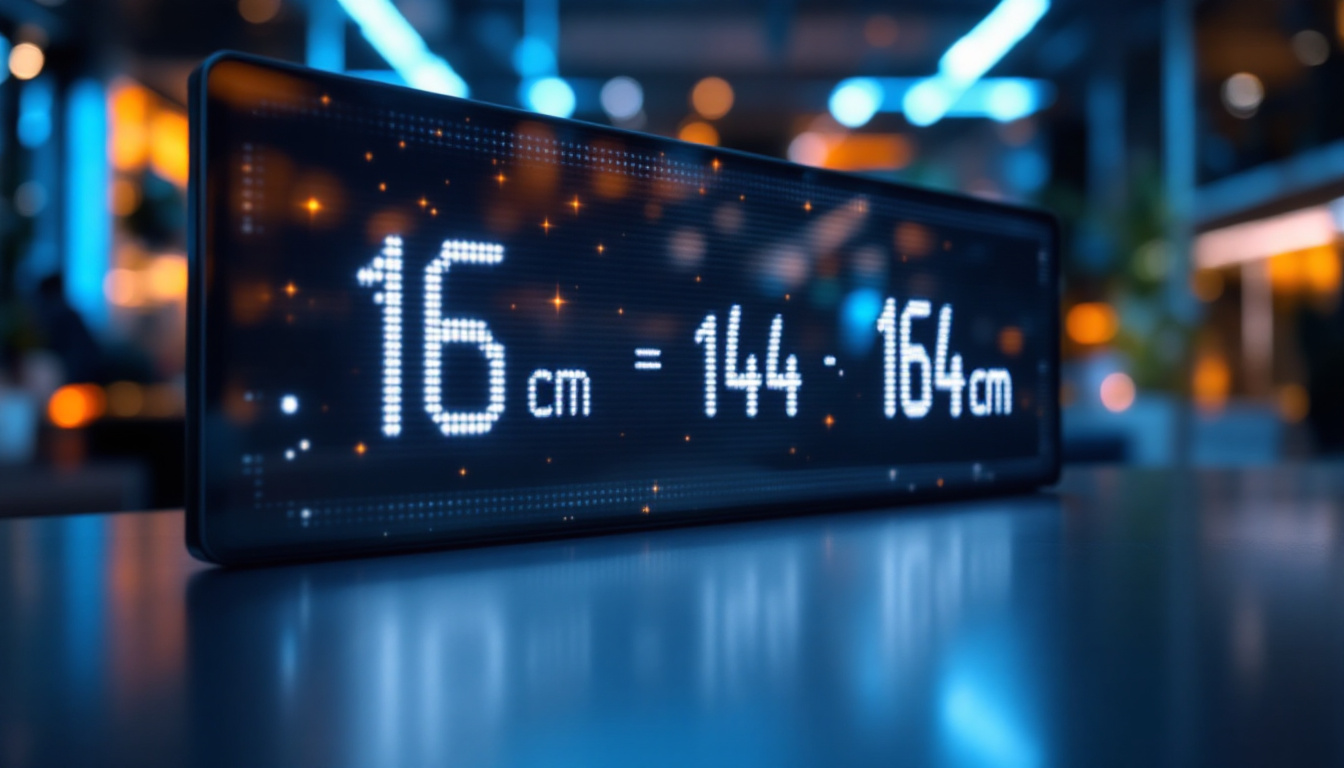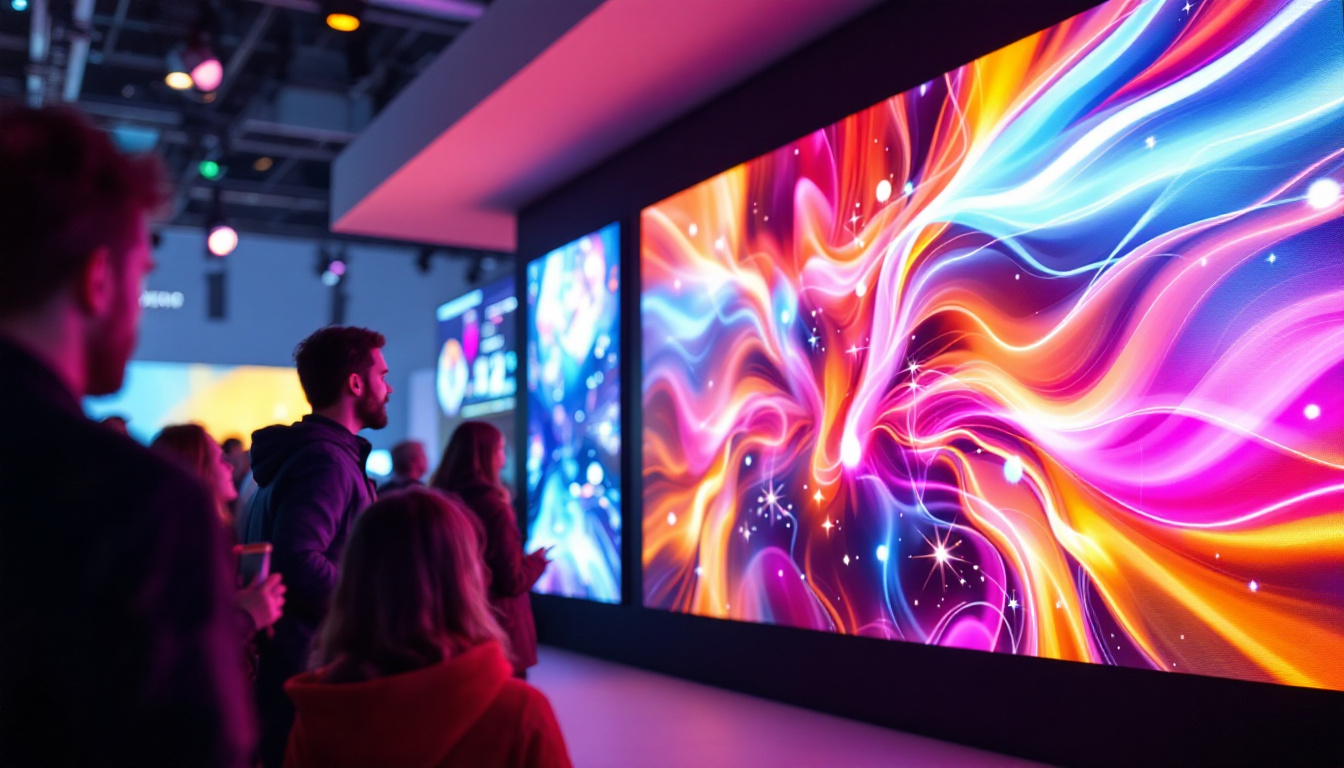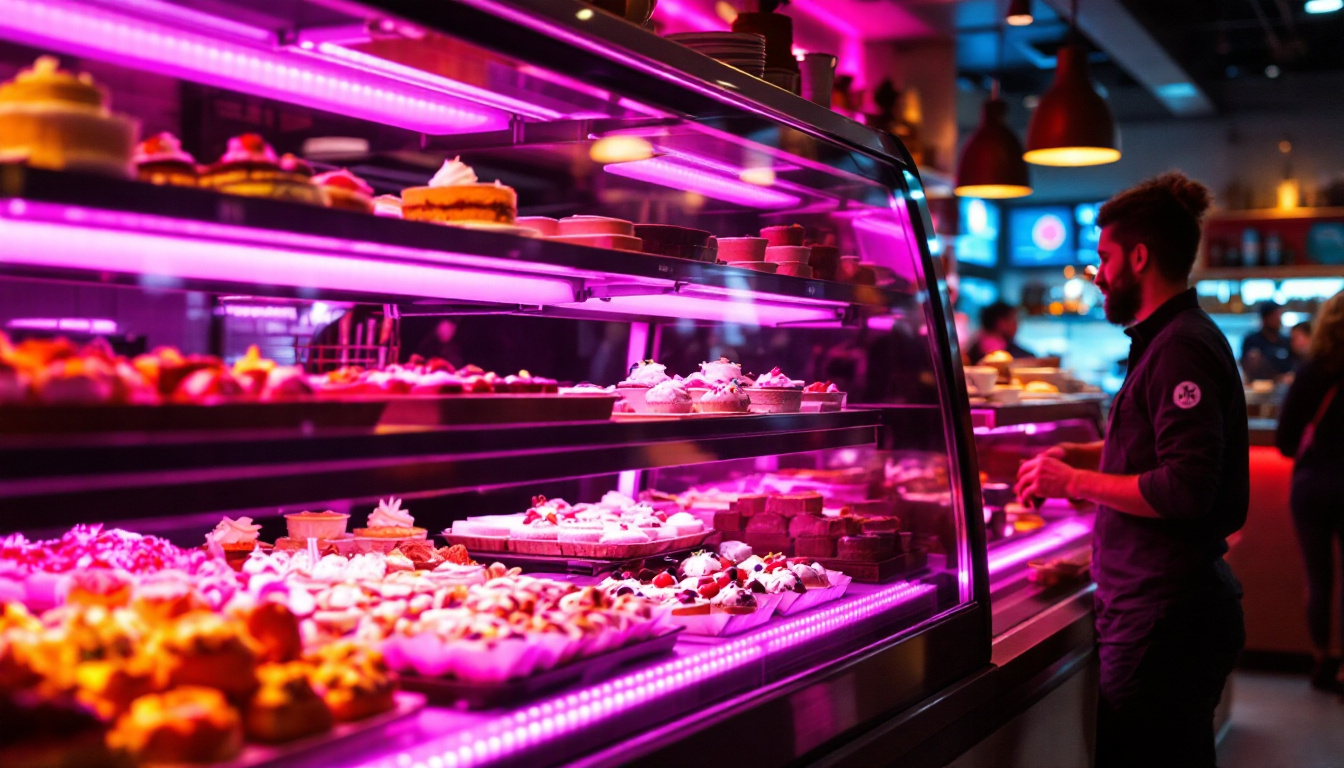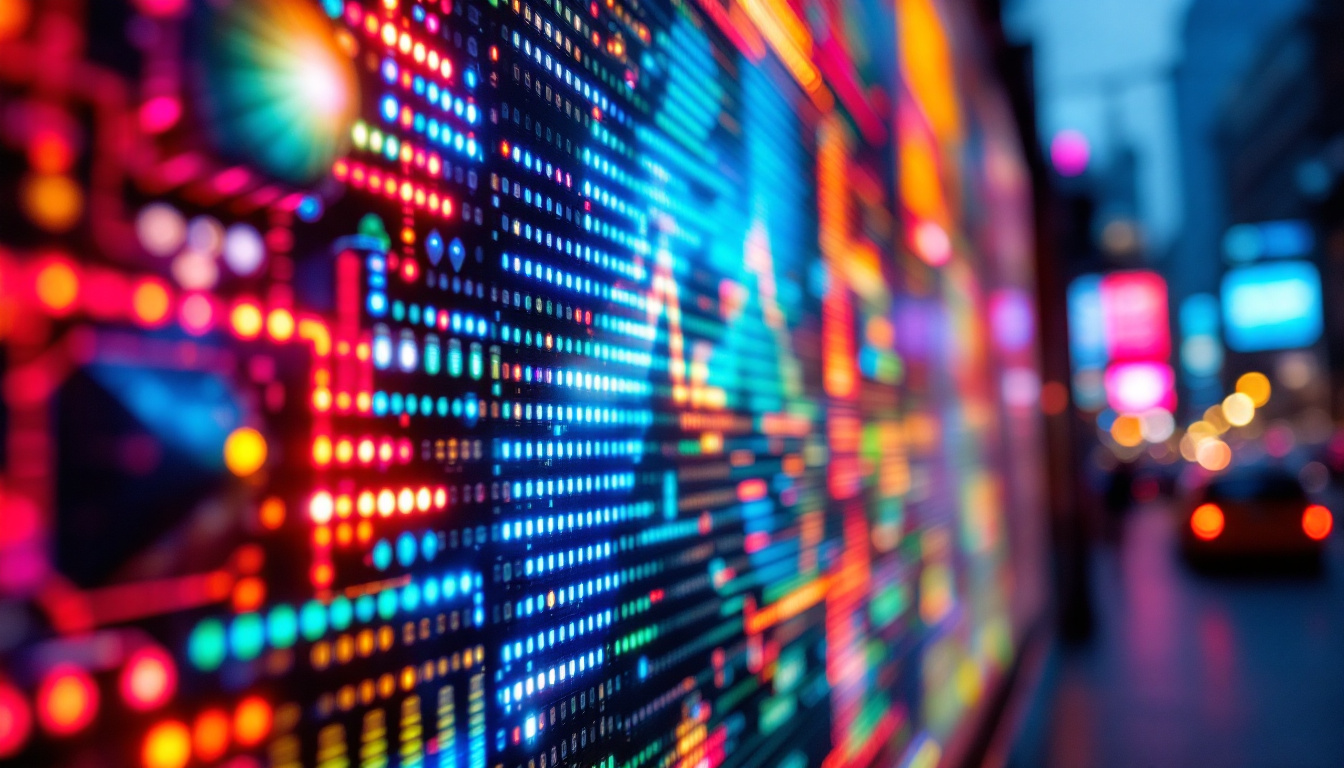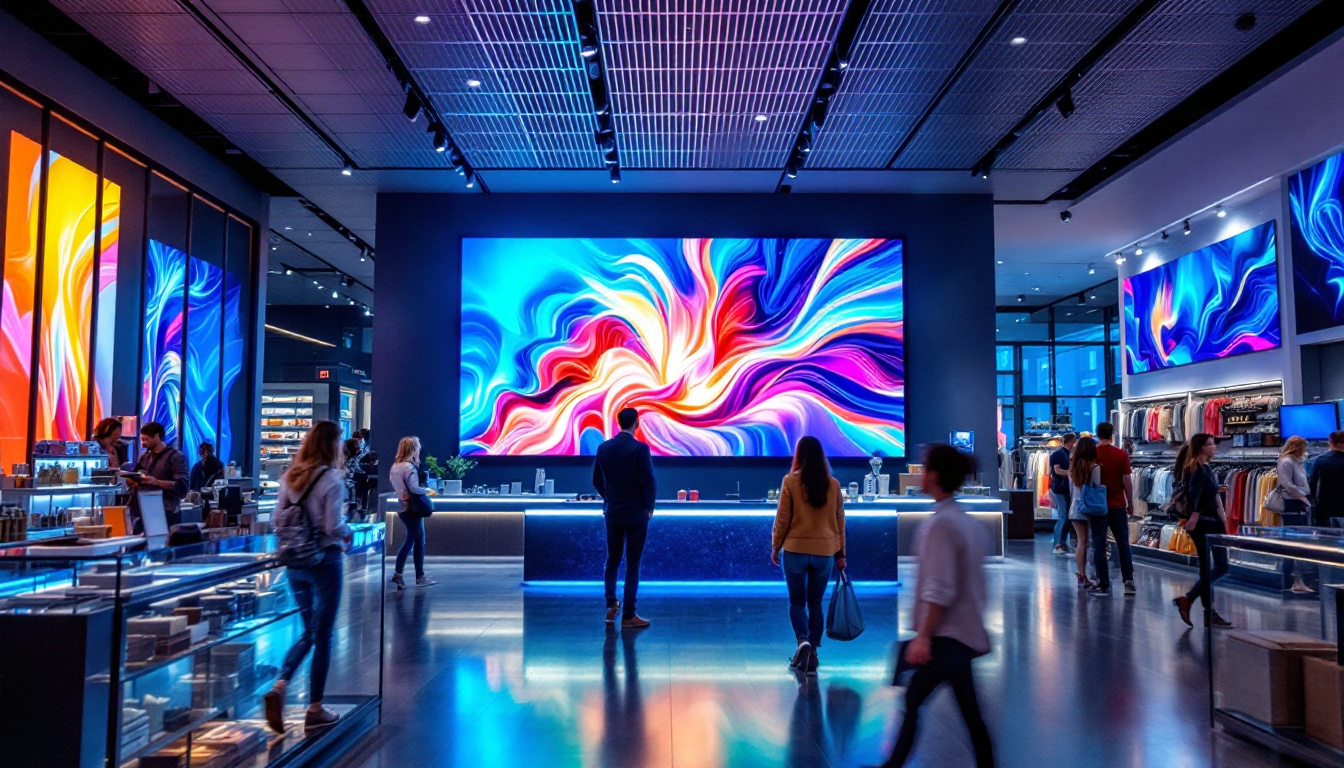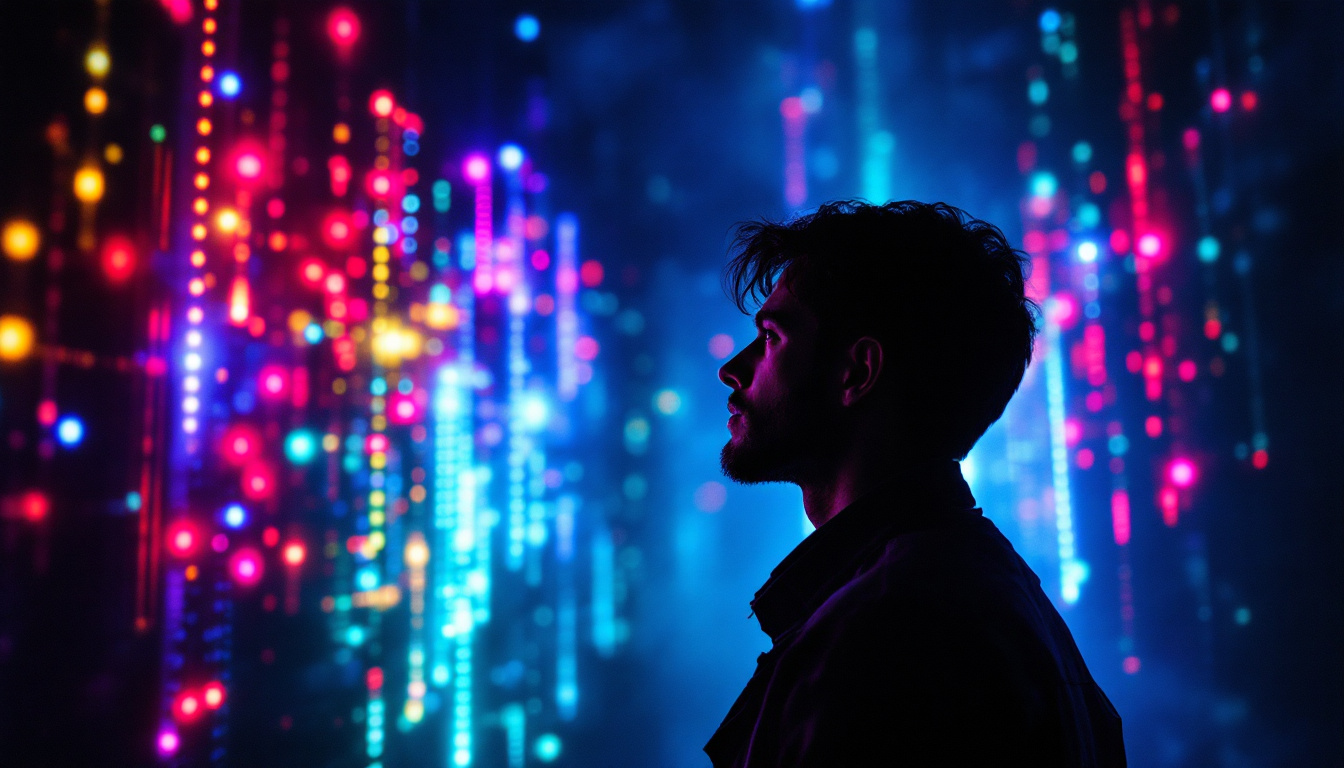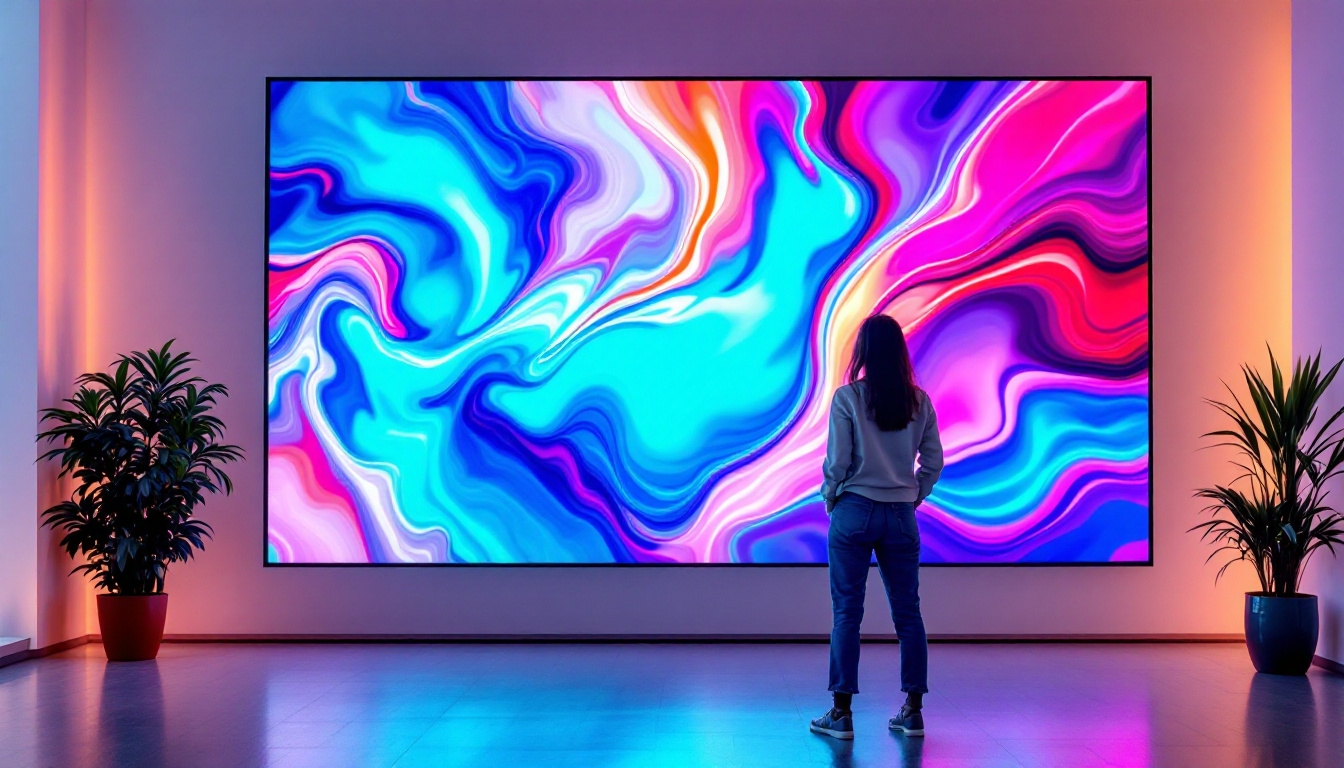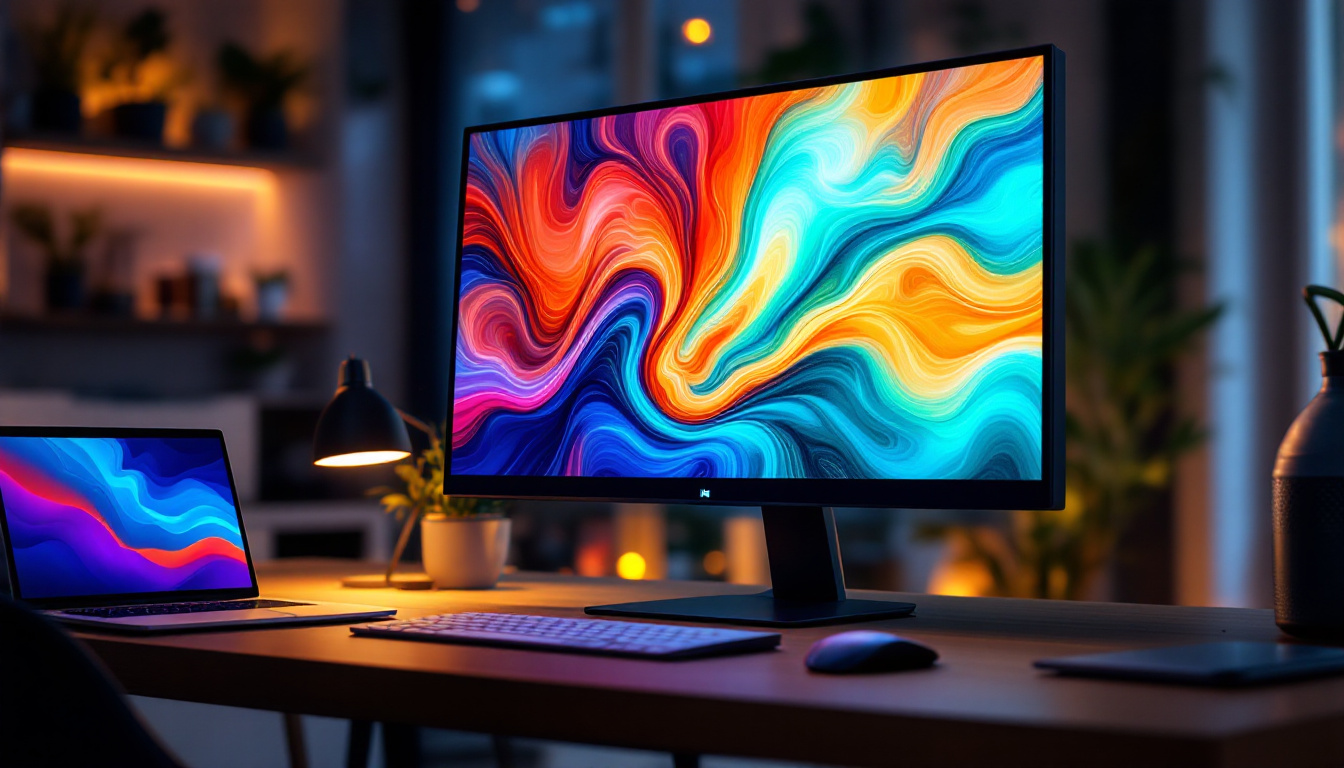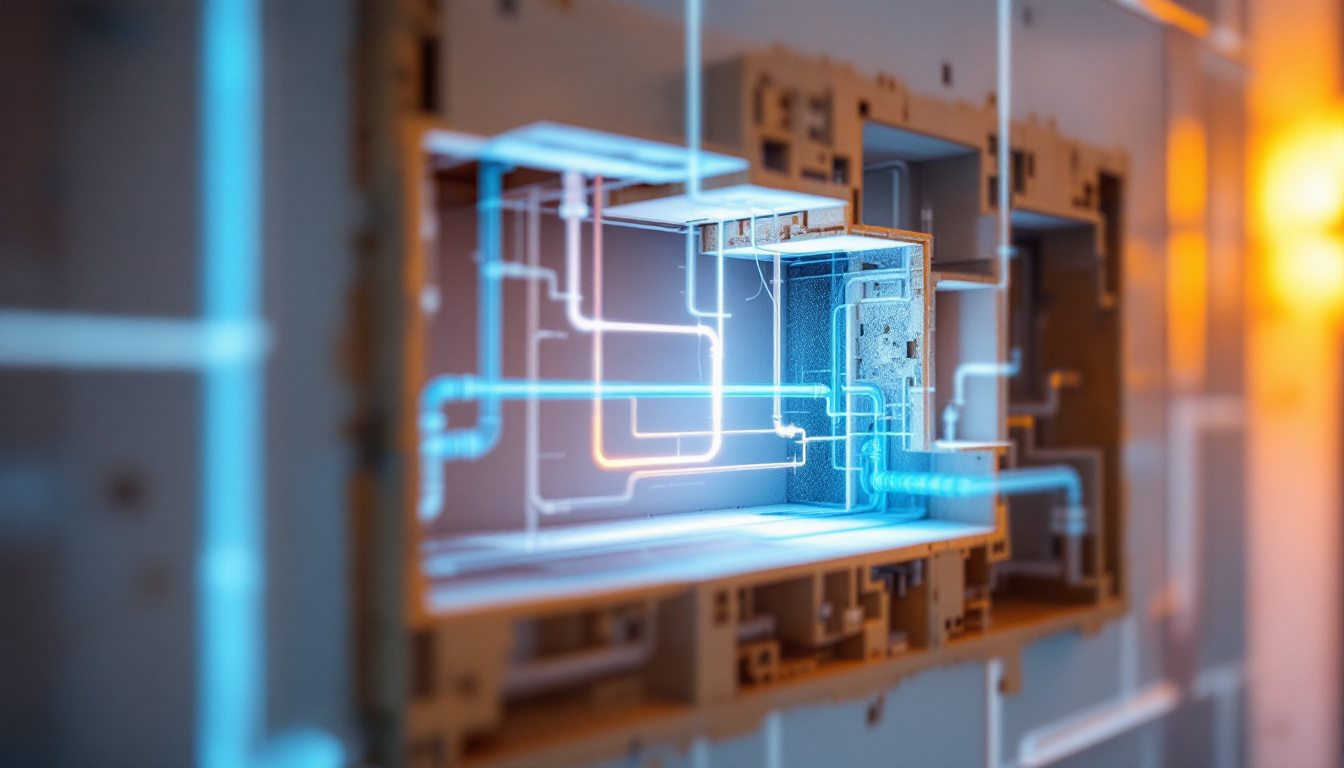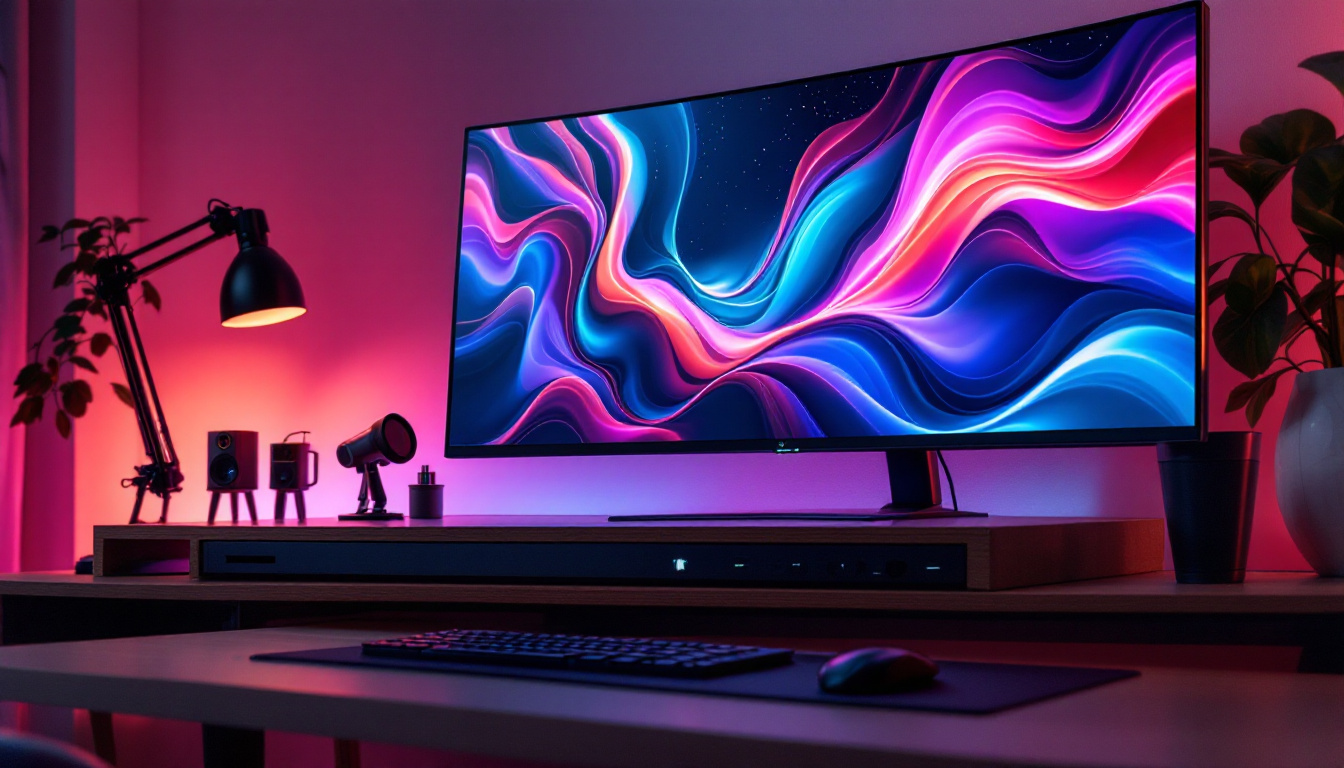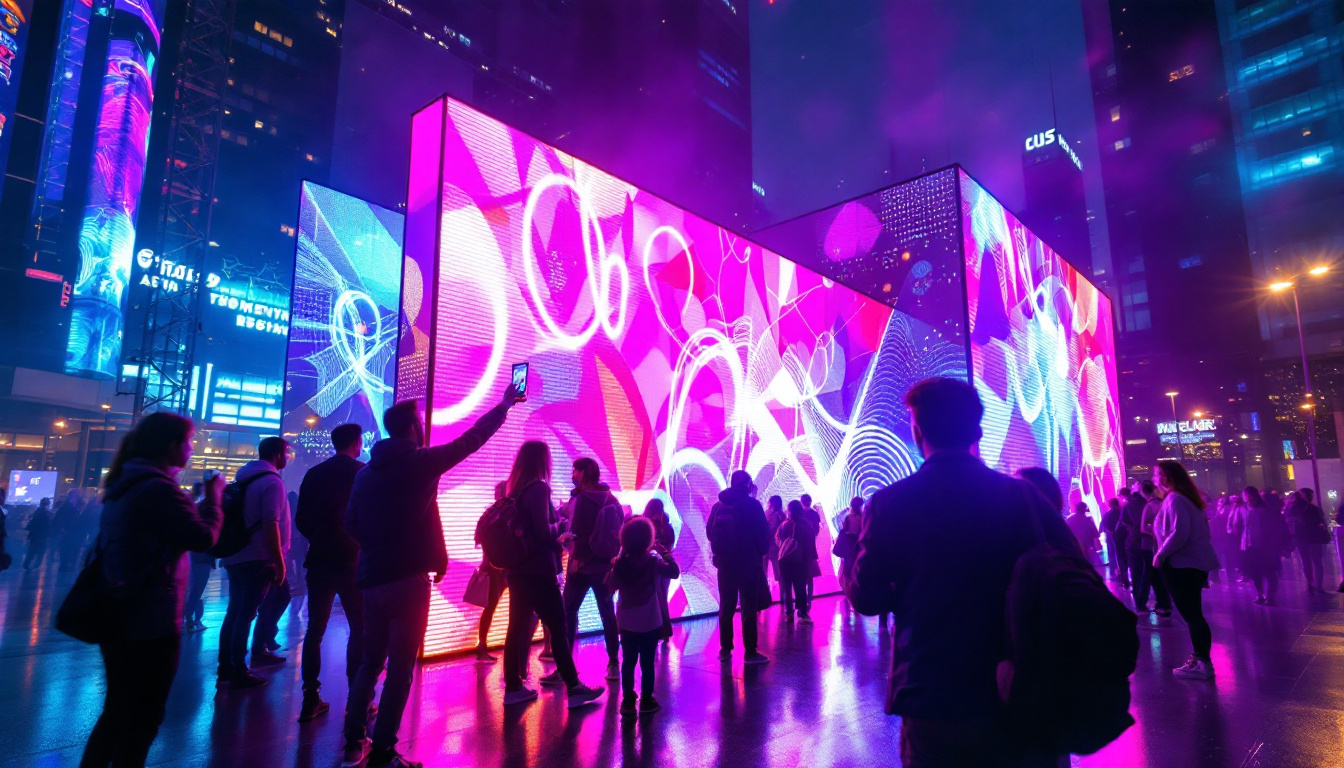In today’s fast-paced world, visual communication has become increasingly vital for businesses and organizations. One of the most effective ways to capture attention and convey messages is through LED displays. This article delves into the intricacies of LED displays, their benefits, applications, and how they have revolutionized the signage industry.
Understanding LED Technology
Light Emitting Diodes (LEDs) are semiconductor devices that emit light when an electric current passes through them. This technology has advanced significantly over the years, leading to the development of vibrant and energy-efficient displays. Unlike traditional incandescent bulbs, LEDs are compact, durable, and consume less power, making them an ideal choice for signage and displays.
The Basics of LED Displays
LED displays consist of an array of individual LED lights that work together to create images, videos, and text. These displays can be categorized into different types based on their application, including indoor, outdoor, and transparent LED screens. Each type serves a unique purpose and is designed to withstand various environmental conditions.
Indoor LED displays are typically used in shopping malls, conference rooms, and theaters, where high resolution and brightness are essential for visibility. Outdoor displays, on the other hand, are built to endure harsh weather conditions while maintaining high visibility from a distance. Transparent LED screens are innovative solutions that allow for seamless integration into glass structures, providing a modern aesthetic while delivering dynamic content.
How LED Displays Work
At the core of an LED display is the pixel, which is made up of red, green, and blue (RGB) diodes. By adjusting the intensity of each color, a wide range of hues can be produced, allowing for stunning visuals. The arrangement of these pixels determines the display’s resolution, with higher resolutions providing clearer and more detailed images.
LED displays utilize various technologies, including direct view and projection methods. Direct view displays are composed of individual LED modules that are directly visible to the viewer, while projection methods involve projecting images onto a surface using LED light sources. Each method has its advantages and is chosen based on specific display requirements.
Benefits of LED Displays
LED displays offer numerous advantages over traditional signage methods. Their energy efficiency, longevity, and versatility make them an appealing choice for businesses looking to enhance their visibility and communication strategies.
Energy Efficiency
One of the most significant benefits of LED displays is their energy efficiency. Compared to traditional lighting solutions, LEDs consume significantly less power, which translates to lower electricity bills. This energy-saving feature not only benefits the environment but also helps businesses reduce operational costs.
Longevity and Durability
LED displays are designed to last. With a lifespan of up to 100,000 hours, they outlast traditional signage options, which often require frequent replacement. This durability is particularly advantageous for outdoor displays, which must withstand exposure to the elements. The robust nature of LED technology ensures that these displays maintain their performance and visual quality over time.
Versatility in Application
LED displays can be used in a wide range of applications, from advertising and branding to information dissemination and entertainment. Their flexibility allows businesses to adapt their messaging quickly, whether it’s a promotional event, a new product launch, or important announcements. This adaptability makes LED displays an invaluable asset in various industries, including retail, hospitality, transportation, and entertainment.
Applications of LED Displays
The versatility of LED displays makes them suitable for numerous applications across different sectors. Understanding these applications can help businesses leverage LED technology effectively.
Advertising and Marketing
In the realm of advertising, LED displays have become a game-changer. Their ability to showcase dynamic content, such as videos and animations, captures the attention of passersby more effectively than static signs. Retailers use LED displays to promote sales, highlight new products, and create engaging experiences for customers.
Moreover, the ability to change content in real-time allows businesses to tailor their messaging based on time, audience, or location. This flexibility enhances the effectiveness of advertising campaigns and maximizes return on investment.
Information and Wayfinding
LED displays are also widely used for informational purposes, such as wayfinding in airports, malls, and public transportation systems. These displays provide real-time updates on schedules, directions, and other essential information, ensuring that users can navigate complex environments with ease.
In addition, LED displays can be integrated with smart technology, allowing for automated updates based on changing conditions. For instance, a display at an airport can show flight delays or gate changes instantly, improving the overall experience for travelers.
Entertainment and Events
The entertainment industry has embraced LED displays for concerts, festivals, and sporting events. Large-scale LED screens provide immersive experiences for audiences, displaying live feeds, graphics, and visual effects that enhance performances. The vibrant colors and high brightness levels of LED technology ensure that visuals are impactful, even in outdoor settings.
Additionally, LED displays can be customized to fit various event themes, creating a unique atmosphere that resonates with attendees. This adaptability makes them a popular choice for event organizers looking to elevate their productions.
Choosing the Right LED Display
Selecting the appropriate LED display for a specific application requires careful consideration of several factors. Understanding these elements can help businesses make informed decisions that align with their goals and requirements.
Resolution and Pixel Pitch
Resolution is a critical factor that determines the clarity and detail of an LED display. Higher resolutions are essential for applications where close viewing is expected, such as indoor displays in retail environments. Pixel pitch, which refers to the distance between the centers of two adjacent pixels, directly affects resolution. A smaller pixel pitch results in higher resolution and better image quality.
For outdoor displays, a larger pixel pitch may be acceptable, as viewers are typically at a greater distance. However, it’s essential to strike a balance between resolution and cost, as higher-resolution displays tend to be more expensive.
Brightness and Visibility
Brightness is another crucial consideration, especially for outdoor LED displays. The brightness level, measured in nits, determines how well a display can be seen in various lighting conditions. Outdoor displays should have higher brightness levels to combat sunlight and ensure visibility during the day.
For indoor environments, lower brightness levels may suffice, as ambient lighting is typically controlled. However, it’s still essential to ensure that the display is bright enough to stand out in its surroundings.
Installation and Maintenance
Installation and maintenance requirements can vary significantly between different LED displays. Some displays may require specialized mounting systems or structural support, while others can be easily installed with standard hardware. It’s essential to consider the installation process and any potential challenges that may arise.
Maintenance is another critical aspect of LED displays. While they are generally low-maintenance, periodic cleaning and inspections are necessary to ensure optimal performance. Understanding the maintenance requirements of a specific display can help businesses plan accordingly and avoid unexpected downtime.
The Future of LED Displays
The future of LED displays looks promising, with ongoing advancements in technology and design. As businesses continue to seek innovative ways to engage their audiences, LED displays are likely to play an even more significant role in communication strategies.
Integration with Smart Technology
One of the most exciting developments in the LED display industry is the integration of smart technology. This includes features such as IoT connectivity, which allows displays to communicate with other devices and systems. For example, a smart LED display can receive real-time data from social media platforms, enabling businesses to display user-generated content or trending topics instantly.
Furthermore, smart displays can be programmed to adjust their brightness based on ambient light conditions, optimizing energy consumption and enhancing visibility. As technology continues to evolve, the possibilities for LED displays will expand, offering even more opportunities for creative and effective communication.
Enhanced Visual Experiences
As LED technology advances, the visual experiences offered by these displays will continue to improve. Innovations such as microLED and OLED technology are paving the way for even higher resolutions, better color accuracy, and improved viewing angles. These advancements will enable businesses to create stunning visuals that captivate audiences and leave a lasting impression.
Additionally, the development of flexible and transparent LED displays opens up new design possibilities. Businesses can incorporate displays into unconventional spaces, creating unique installations that enhance their branding and messaging.
Sustainability Considerations
As environmental concerns grow, the demand for sustainable solutions in the signage industry is increasing. LED displays are inherently more energy-efficient than traditional lighting options, but manufacturers are also exploring ways to minimize their environmental impact further. This includes using recyclable materials in production and designing displays for easier disassembly and recycling at the end of their lifecycle.
By prioritizing sustainability, businesses can not only reduce their carbon footprint but also appeal to environmentally conscious consumers. This alignment with sustainability values can enhance brand reputation and foster customer loyalty.
Conclusion
LED displays have transformed the landscape of visual communication, offering businesses an effective and versatile tool for engaging their audiences. With their energy efficiency, longevity, and adaptability, LED displays are poised to remain a vital component of modern signage solutions.
As technology continues to advance, the possibilities for LED displays will only expand, allowing for even more creative and impactful applications. By understanding the intricacies of LED technology and its benefits, businesses can harness the power of LED displays to enhance their visibility, communication, and overall success.
In a world where attention spans are fleeting, investing in high-quality LED displays can make all the difference in capturing and retaining audience interest. As the demand for innovative signage solutions grows, LED technology will undoubtedly play a crucial role in shaping the future of visual communication.
Discover LumenMatrix’s Innovative LED Display Solutions
Ready to elevate your visual communication strategy with cutting-edge LED technology? Look no further than LumenMatrix, a pioneer in crafting immersive LED display modules tailored to your needs. From vibrant Indoor and Outdoor LED Wall Displays to dynamic Vehicle and Sports LED Displays, and even customizable solutions like Floor and Transparent LED Displays, LumenMatrix offers a comprehensive range of products designed to captivate your audience and amplify your brand’s message. Experience the future of digital signage today and check out LumenMatrix LED Display Solutions to transform your visual engagement.




